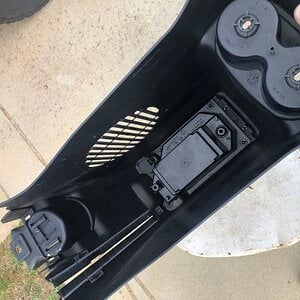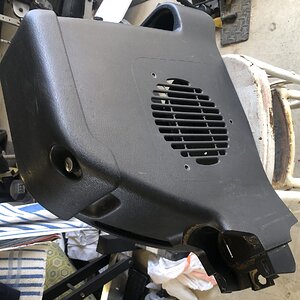k.norberg97
Junior Member
Hi all,
I was originally looking at the Pioneer TSD6802R speakers for my front and rear doors and was going to match them to an Alpine MRV-F300 amp. The Alpine runs 75W RMS @ 2 Ohms and 50W RMS @ 4 Ohms, and the speakers play in the range of 2-60W RMS, I've since switched to looking at some other speakers after being blown away by them in the shop...
The newer speakers I was looking at are the new line from Pioneer, the TS-D68F which can run up to 80W per speaker. If I match these to an MRV-F300, am I going to get enough power? I've read that it's good to have an amp that can handle more so that it doesn't have to work as hard...
Thoughts? Much appreciated!
I was originally looking at the Pioneer TSD6802R speakers for my front and rear doors and was going to match them to an Alpine MRV-F300 amp. The Alpine runs 75W RMS @ 2 Ohms and 50W RMS @ 4 Ohms, and the speakers play in the range of 2-60W RMS, I've since switched to looking at some other speakers after being blown away by them in the shop...
The newer speakers I was looking at are the new line from Pioneer, the TS-D68F which can run up to 80W per speaker. If I match these to an MRV-F300, am I going to get enough power? I've read that it's good to have an amp that can handle more so that it doesn't have to work as hard...
Thoughts? Much appreciated!
Last edited by a moderator:


